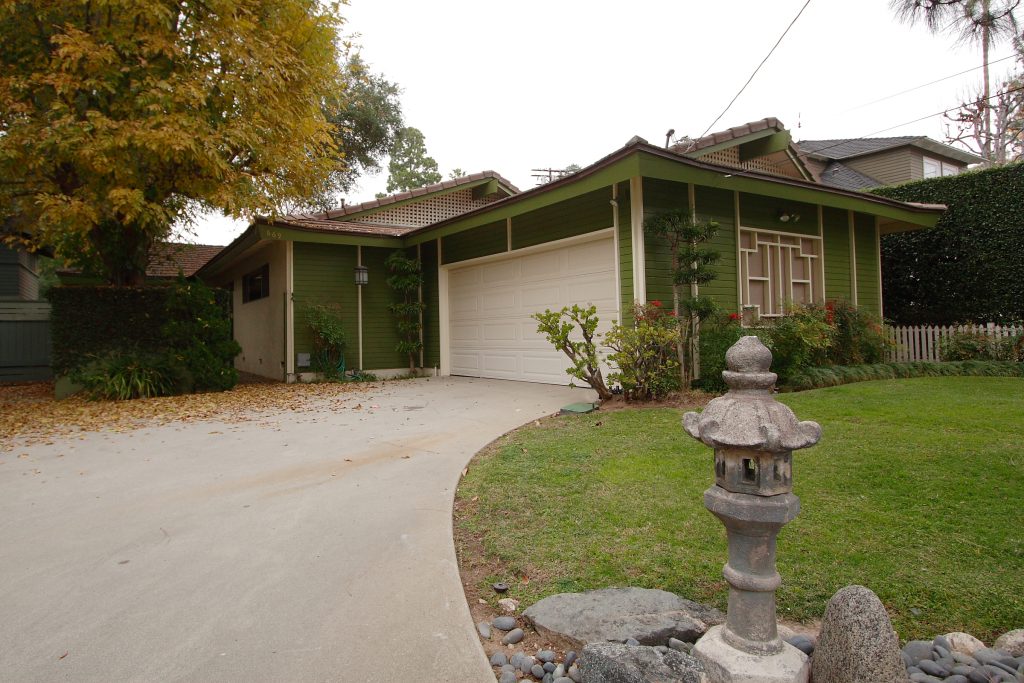Coldwell Banker
388 S. Lake Avenue,
Pasadena, CA 91101
office: 626.797.6500
Email: [email protected]
October Home Sales Rise 10.1% From September
Home sales surged for the second month in a row in October, climbing to the highest level in 2 1/2 years as first-time buyers rushed to take advantage of an expiring tax credit.
Home sales nationwide are now up nearly 37 percent from their bottom in January, data showed, though they are still 16 percent below the peak in autumn 2005. At the current sales pace, there is only a 7-month supply of homes on the market and in some areas there are bidding wars.
Joey Wilson, 53, and her husband made unsuccessful offers on 20 Las Vegas homes since midsummer before closing on a four-bedroom, $136,000 home this month.
“It’s insane,” said Wilson, who relocated from Kentucky. “I’ve never seen a market like this before.”
The National Association of Realtors said home resales rose 10.1 percent to a seasonally adjusted annual rate of 6.1 million in October, from a downwardly revised pace of 5.54 million in September. It was the biggest monthly increase in a decade, and far above the 5.65 million pace expected by economists, according to Thomson Reuters.
The recovery is being driven by lower prices combined with federal programs to lower mortgage rates and bring more buyers into the market. The median sales price was $173,100, down 7 percent from a year earlier and off roughly 2 percent from September.
Many experts predict prices will hit a new low next spring, perhaps falling another 5 to 10 percent, as more foreclosures get pushed onto the market.
The government has tried to counter that trend by offering a tax incentive for first-time buyers and by keeping mortgage rates around 5 percent since the spring.
The tax credit of up to $8,000 for first-time owners was originally set to run out on Nov. 30, but Congress renewed it earlier this month and broadened its reach. People who have owned their current homes for at least five years can now claim a tax credit of up to $6,500 for a home purchase. To qualify, buyers must sign a purchase agreement by April 30.
The Realtors’ report on October home sales reflects offers made before buyers knew the tax credit would be extended.
“The incentives really did get people to go out and buy,” said Wells Fargo economist Adam York. “The question is: What does the trend look like when the credit is over with?”
Home sales are likely to drop over the winter as buyers hibernate for a few months without the looming tax credit deadline.
The new deadline means “we’re going to see some good activity coming out of the spring,” said Pat Lashinsky, chief executive of online real estate brokerage ZipRealty Inc.
But the government support can’t last forever. For example, the Federal Reserve is likely to curtail its effort to push down mortgage rates next year. If rates then rise too high, it would make home purchases less affordable and dampen housing demand.
“When we do kick those crutches out from under the housing market, will it be able to stand on its own?” said Mark Fleming, chief economist with real estate information company First American CoreLogic. “It’s really hard to tell.”



















































